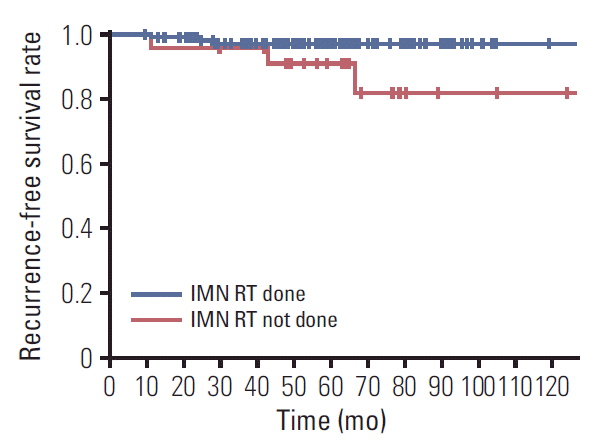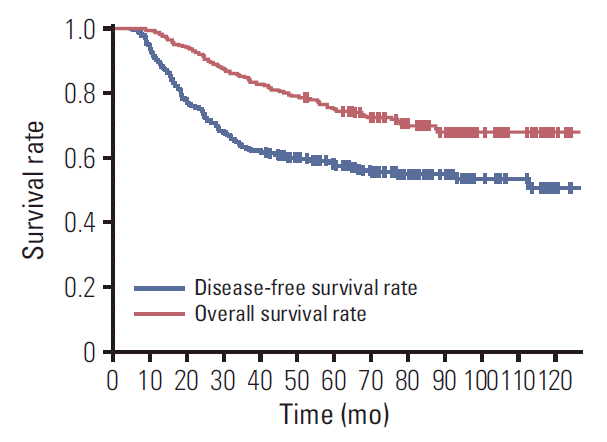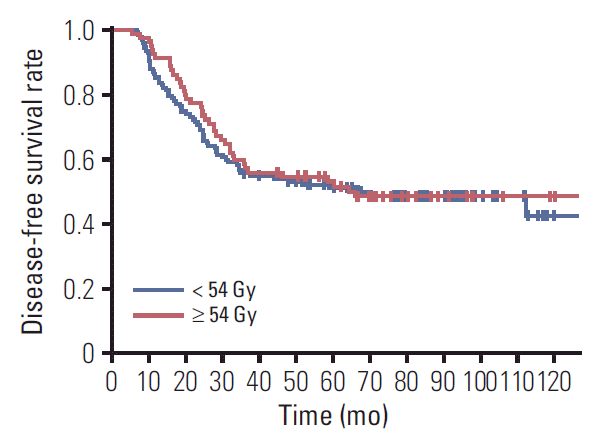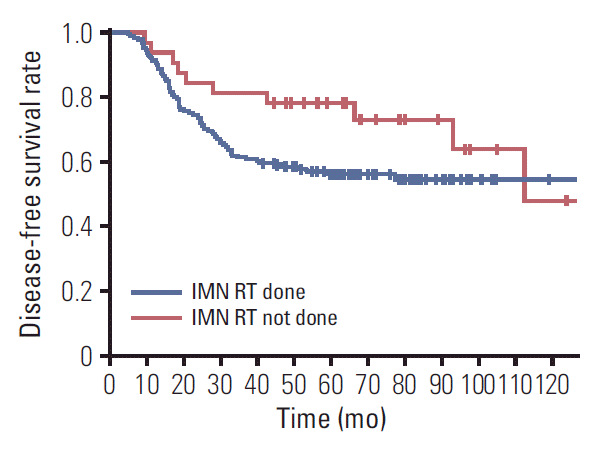Impact of Regional Nodal Irradiation for Breast Cancer Patients with Supraclavicular and/or Internal Mammary Lymph Node Involvement: A Multicenter, Retrospective Study (KROG 16-14)
Kyubo Kim, MD, PhD1, Yuri Jeong, MD2, Kyung Hwan Shin, MD, PhD3, Jin Ho Kim, MD, PhD3, Seung Do Ahn, MD, PhD4, Su Ssan Kim, MD, PhD4, Chang-Ok Suh, MD, PhD5, Yong Bae Kim, MD, PhD5, Doo Ho Choi, MD, PhD6, Won Park, MD, PhD6, Jihye Cha, MD, PhD7, Mison Chun, MD, PhD8, Dong Soo Lee, MD9, Sun Young Lee, MD, PhD10, Jin Hee Kim, MD, PhD11, Hae Jin Park, MD, PhD12, Wonguen Jung, MD, PhD1
1Department of Radiation Oncology, Ewha Womans University College of Medicine, Seoul, Korea
2Department of Radiation Oncology, Wonkwang University Hospital, Wonkwang University School of Medicine, Iksan, Korea
3Department of Radiation Oncology, Seoul National University College of Medicine, Seoul, Korea
4Department of Radiation Oncology, Asan Medical Center, University of Ulsan College of Medicine, Seoul, Korea
5Department of Radiation Oncology, Yonsei Cancer Center, Yonsei University College of Medicine, Seoul, Korea
6Department of Radiation Oncology, Samsung Medical Center, Sungkyunkwan University School of Medicine, Seoul, Korea
7Department of Radiation Oncology, Wonju Severance Christian Hospital, Wonju, Korea
8Department of Radiation Oncology, Ajou University School of Medicine, Suwon, Korea
9Department of Radiation Oncology, Uijeongbu St. Mary’s Hospital, College of Medicine, The Catholic University of Korea, Uijeongbu, Korea
10Department of Radiation Oncology, Chonbuk National University Hospital, Jeonju, Korea
11Department of Radiation Oncology, Keimyung University Dongsan Medical Center, Keimyung University School of Medicine, Daegu, Korea
12Department of Radiation Oncology, Hanyang University College of Medicine, Seoul, Korea





 PDF
PDF Citation
Citation Print
Print





 XML Download
XML Download